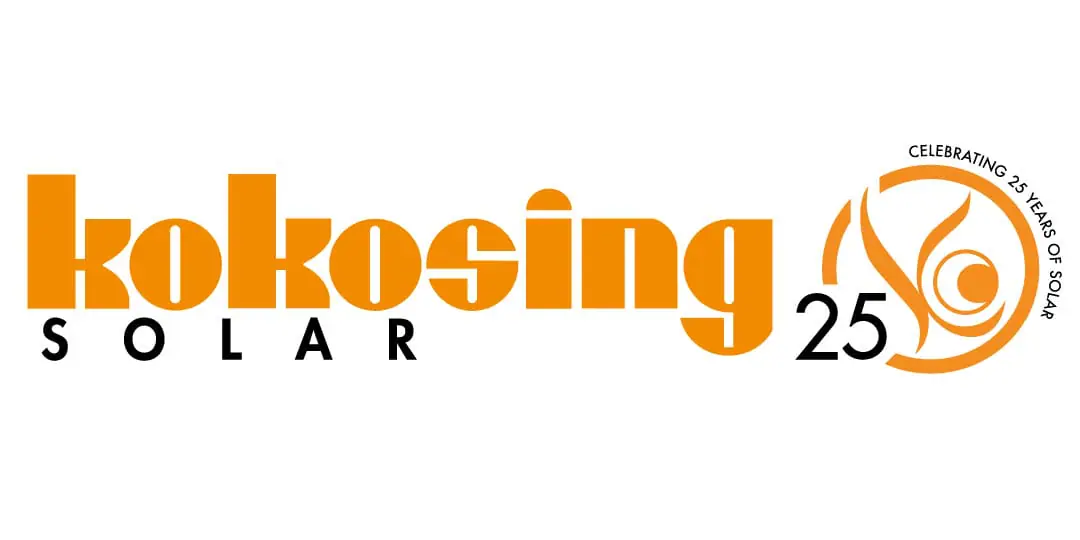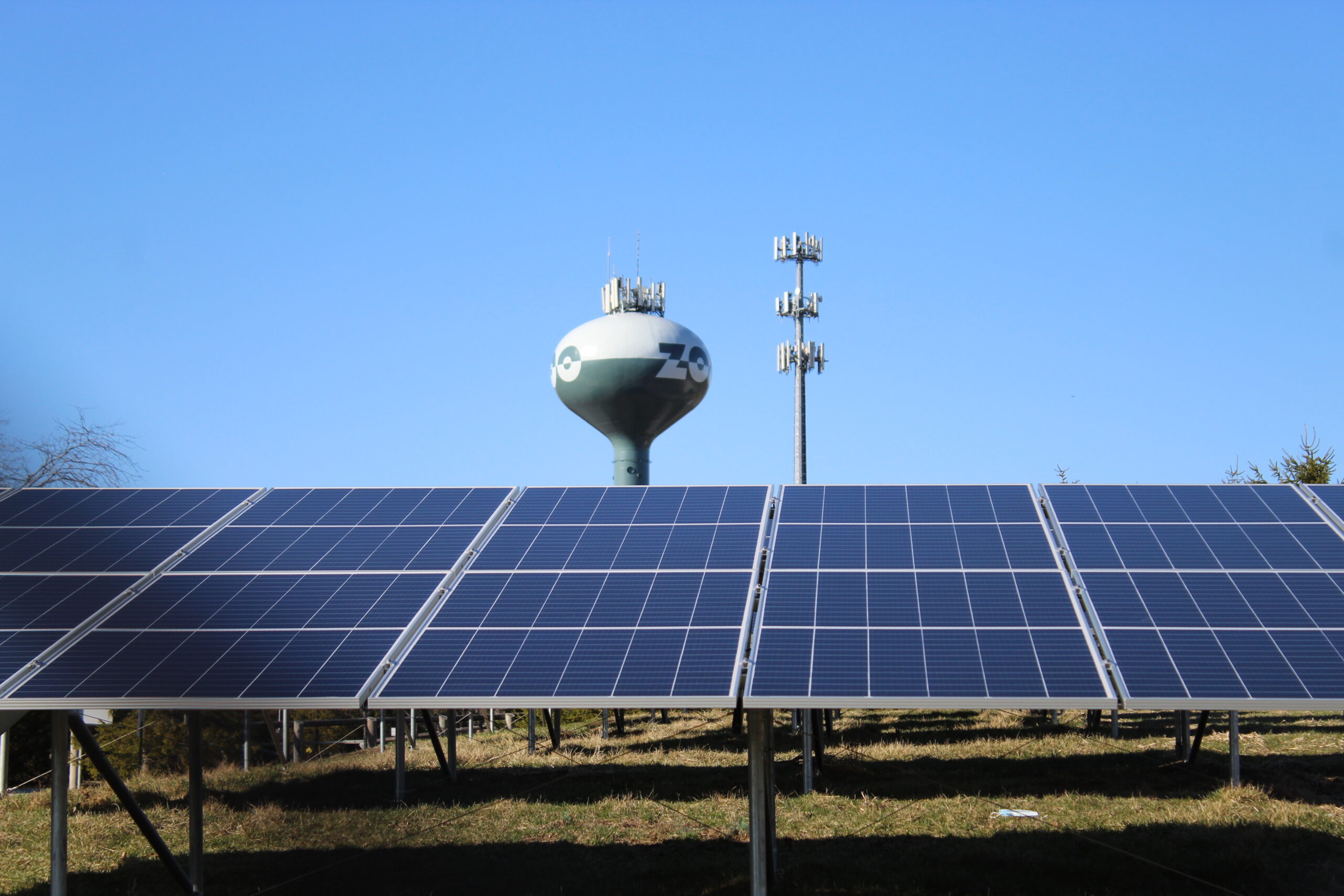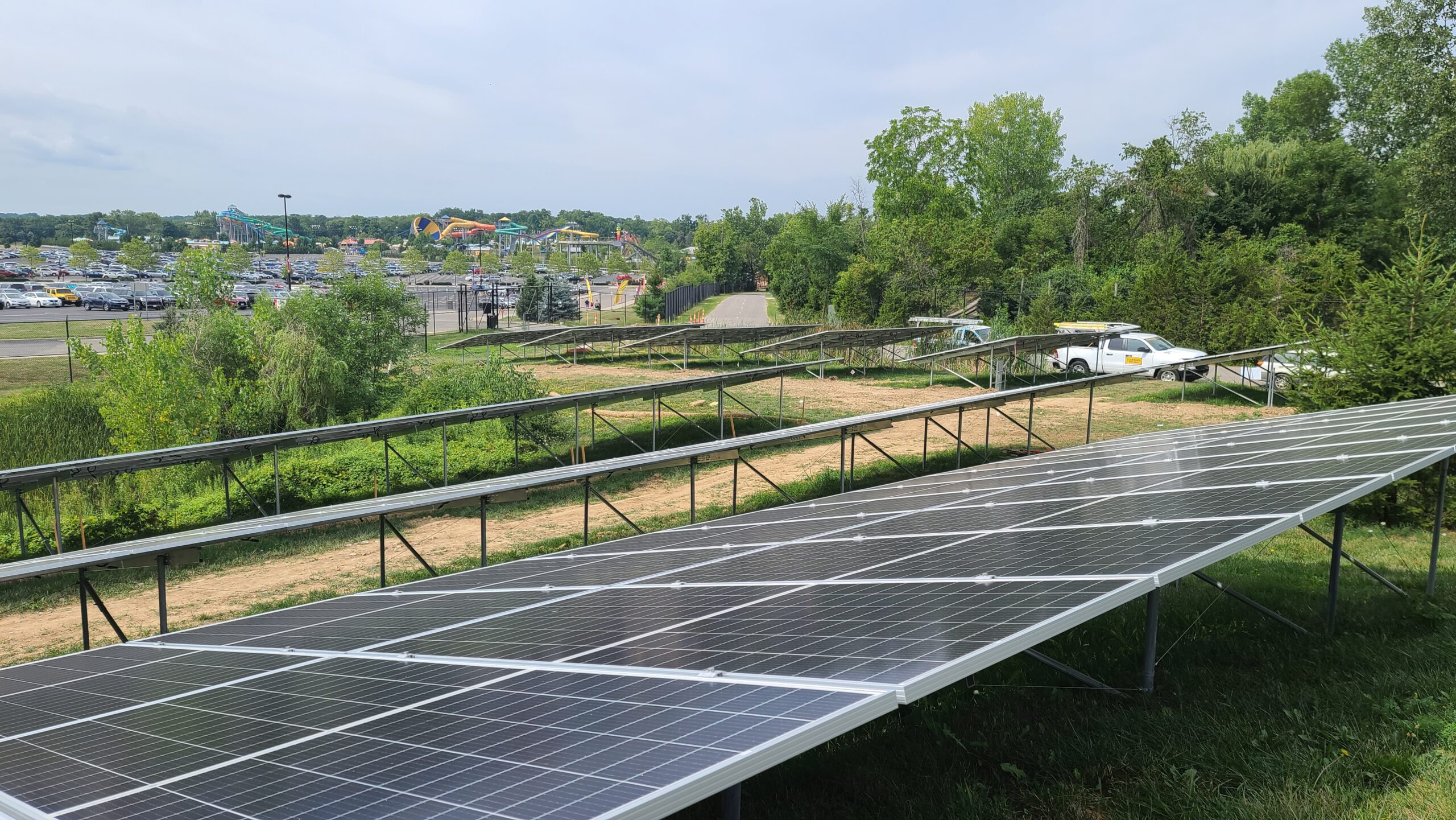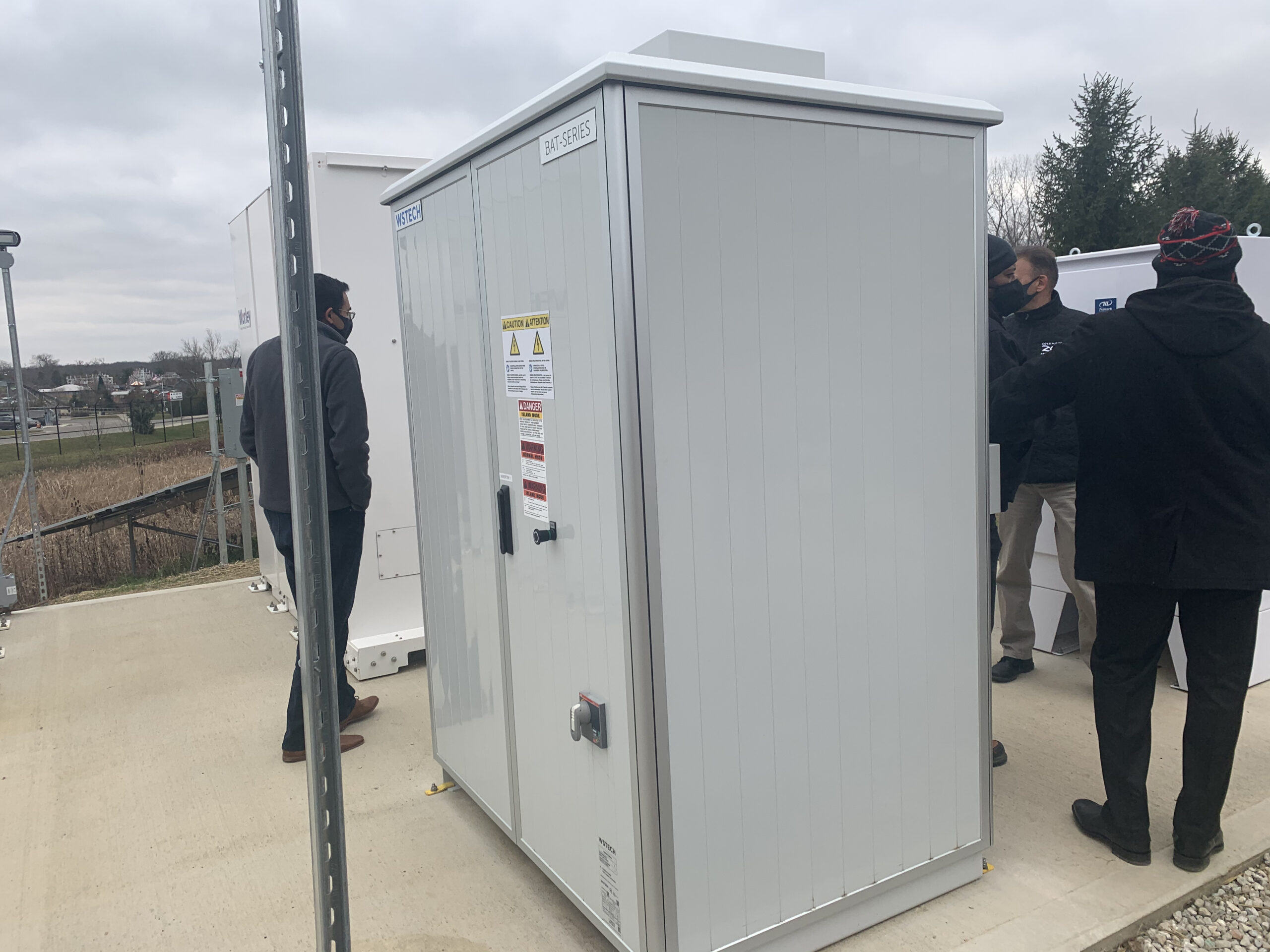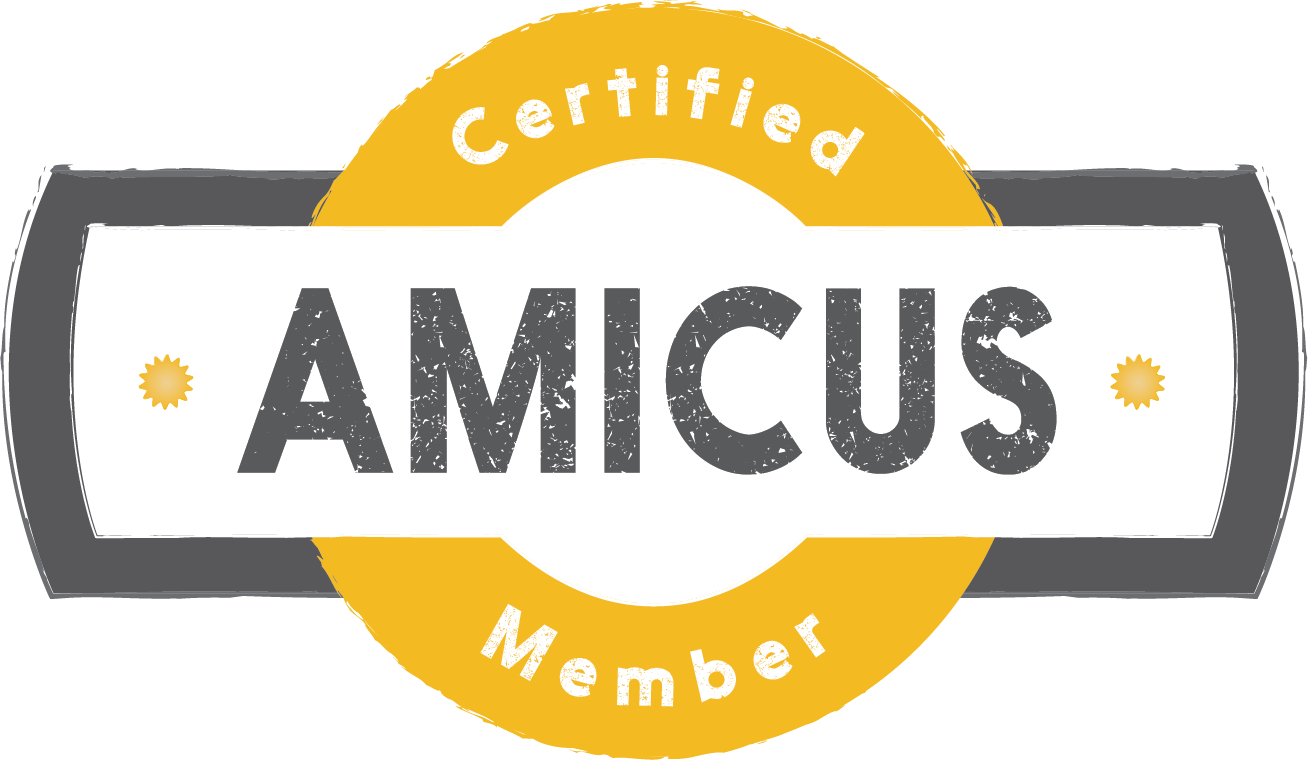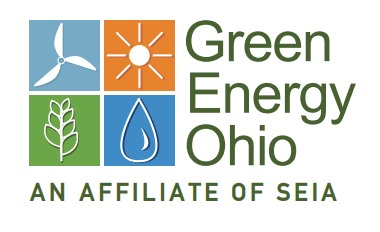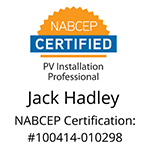Does solar really save money // Is solar really worth it?
These are some of the first questions we hear from folks who are just starting out on their solar journey. When talking about a technical product with a “payback” like solar power – it’s easy to get confused.
We’ve seen solar companies promise the world to gain business. As Ohio’s oldest installer, we are committed to integrity. With the recent growth and popularity of solar, driven by improved technology and more public awareness, we have seen a growing number of national companies and small installers moving into Ohio. While we recognize that healthy competition is welcomed and is ultimately beneficial to consumers, we are also concerned about some of the deceptive and misleading claims.
We’ve broken down some of what we’ve seen below to help you:
- $0 Down Solar – While there isn’t an initial out of pocket cost, obviously there will be monthly payments on the loan. Just like a car loan, if you choose a $0 down loan, your monthly payments will be higher than if you put some money down upfront. All of our clients are different, and some are ready to pay for their solar upfront and some choose to finance all or part of the system.
- Free Solar – Some solar companies misleadingly use the word “free” but what they’re actually referring to is a long-term low-interest loan. Often, they offer what appears to be a very low-interest rate, but they secretly add 15 – 25% to the cost of the system to buy down the rate from their loan partner.
- Ohio Statewide or Local “Program” – There is not a special statewide program or special grant or subsidy. Again, this misleading advertising is purposefully deceptive.
We are happy to answer any questions you have: questions about things you’ve read or seen. Or help you evaluate the difference between solar quotes. Now that we’ve addressed some of the misleading claims about solar payback, here is what we know is true…
What is solar payback?
Solar systems are investments. Unlike many of the purchases we make – there is a return on the investment that you make when you purchase solar panels.
Think of it this way: right now you’re renting the electricity you use every month. You pay a monthly bill to your electric supplier. And, that is how it will be… forever. Solar energy systems give homeowners another option for how they purchase electricity. Owning a solar system is like owning your power. The money you pay each month goes towards the payment of the system that is generating the energy for your home. You will eventually break even on that purchase. And, from that moment forward the solar energy system you own will generate clean, free, and abundant solar energy for your home.
Your “solar payback period” is the time it takes to make back your initial investment in solar.
How do you calculate payback for solar panels?
Below we have listed the elements that you need to consider when determining the ROI or payback.
- Total Cost of Solar Installation
- Local + Federal Tax incentives that you will be able to take
- Average monthly electric use
- Estimated solar system generation
- Electricity cost escalation over time
Do the math: add up the cost of your solar system and subtract your incentives to give you a true cost. Then add up your avoided electricity costs for 1 year. Divide the true cost by the avoided electricity costs. This will give you a ballpark idea of the number of years it will take for you to achieve payback. This number does not consider annual energy rate escalation, fixed rates on your utility bill, and other charges, however. So, it is important to take this equation with a grain of salt.
Keep in mind: any solar quote you receive will likely include a summary of your Return on Investment.
An payback on your investment, a smaller carbon footprint, and decades of clean solar electricity make solar a smart option for many homeowners.
The advice we hear our current customers give their referrals: just get a quote! There is no cost, there is no pressure, and you will get a lot of useful, detail-rich, and site-specific information.

